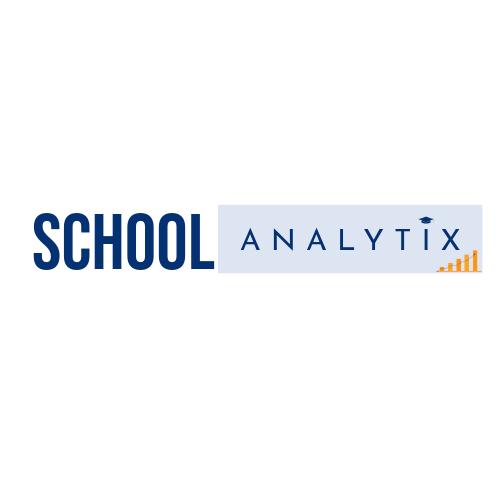In the realm of education, understanding student performance trends is crucial for fostering academic success and enhancing learning outcomes. With the advent of powerful data analytics tools like Power BI, educators now have the ability to delve deeper into student data, uncovering valuable insights that can inform instructional practices and support interventions. In this article, we will explore how Power BI facilitates the analysis of student performance trends through real-world case studies and examples.
Understanding Student Performance Trends
Analyzing student performance trends involves examining patterns and fluctuations in academic achievement over time. This encompasses various factors such as assessment scores, attendance rates, engagement levels, and demographic information. By identifying trends and correlations within this data, educators can gain valuable insights into student learning behaviors, instructional effectiveness, and areas for improvement.
Case Study 1: Examining Assessment Scores
In a high school setting, a mathematics department seeks to analyze student performance on standardized assessments over the past three academic years. Using Power BI, educators can aggregate assessment data from multiple sources, including test scores, homework assignments, and class participation metrics.
By visualizing this data in Power BI dashboards, educators can identify trends in student performance, such as improvement or decline in scores over time, achievement gaps between different student groups, and correlations between assessment performance and instructional methods.
For example, educators may discover that students who participate in after-school tutoring sessions tend to demonstrate higher test scores compared to their peers. Armed with this insight, the mathematics department can allocate resources more effectively to support struggling students and implement targeted interventions to improve overall academic achievement.
Case Study 2: Monitoring Attendance Patterns
In a university setting, a student success center aims to enhance retention rates by analyzing attendance patterns among undergraduate students. Using Power BI, administrators can integrate data from student information systems, course registration records, and campus attendance tracking systems to create comprehensive dashboards.
These dashboards can display attendance trends over time, highlighting periods of high and low attendance, as well as correlations between attendance rates and academic performance. For example, administrators may observe that students who consistently attend class are more likely to achieve higher grades and persist to graduation.
Case Study 3: Identifying Engagement Levels
In an online learning environment, a virtual school seeks to analyze student engagement levels in virtual classrooms. Leveraging Power BI, instructors can collect data on student participation, discussion forum activity, and completion rates for assignments and assessments.
By visualizing this data in interactive dashboards, instructors can identify trends in student engagement, such as peaks and valleys in participation throughout the semester, correlations between engagement levels and academic success, and differences in engagement among various demographic groups.
For instance, instructors may discover that students who actively participate in online discussions tend to perform better on assessments and demonstrate higher course completion rates. This insight can inform instructional strategies, such as encouraging peer collaboration and providing timely feedback to enhance student engagement and learning outcomes.
Conclusion
Analyzing student performance trends using Power BI empowers educators and administrators to make data-informed decisions aimed at improving student outcomes and fostering academic success. By leveraging real-time data integration, interactive visualization tools, and advanced analytics capabilities, institutions can uncover valuable insights that inform instructional practices, support interventions, and drive continuous improvement.
As education continues to evolve in the digital age, the ability to analyze student performance trends will be essential for meeting the diverse needs of learners and maximizing their potential. Through the strategic use of Power BI, educators can unlock new opportunities for enhancing teaching and learning, ultimately leading to greater student success and achievement.
Leveraging SchoolAnalytix for Expert Guidance
While PowerBI offers powerful analytics capabilities, maximizing its potential for student retention requires expertise in data visualization, predictive modeling, and educational analytics. This is where SchoolAnalytix comes into play. As a leading provider of data analytics solutions for educational institutions, SchoolAnalytix offers a wealth of expertise and resources to support institutions in their quest to optimize student retention.
By partnering with SchoolAnalytix institutions gain access to a team of experienced data scientists, educators, and analysts who specialize in leveraging PowerBI for educational purposes. From dashboard design and customization to predictive modeling and intervention strategies,
SchoolAnalytix provides end-to-end support tailored to the unique needs and goals of each institution.
